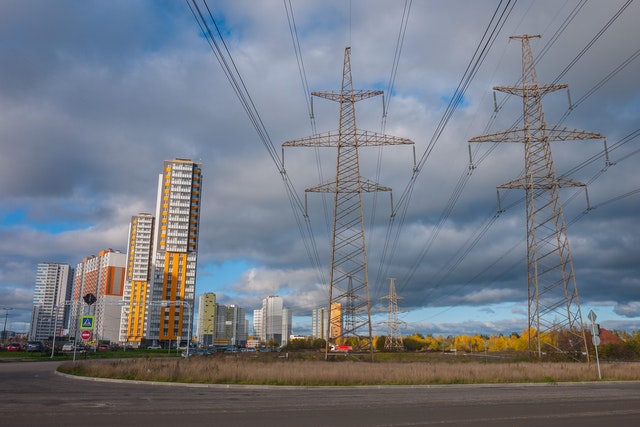Lighting Distribution is one of the most important aspects of Lighting Design. Lighting distribution influences the way in which light is distributed towards customers and their advantages. Lighting distribution should be carefully planned to achieve maximum benefits for both customer and lighting designer. There are different ways in which Lighting Distribution can be achieved; these will be discussed below, with examples for each method:
Diffuse Lighting – This type of Lighting Distribution leads to an even spread of light across a room, reducing shadows on walls or other surfaces scannable id services by fake id maker websites. It is very useful if you need more than just directional (or spot) lighting but isn’t as powerful as other methods.
One disadvantage would be that diffuse lighting doesn’t provide enough visual contrast between dark and bright areas, which can make a space feel less cozy or inviting.
Example of diffuse lighting:
In this example, the diffused light is coming from the recessed ceiling lights and spreads evenly throughout the room. This is perfect for spaces like living rooms, where you want an overall ambient light, but don’t need spot lighting to highlight a particular object.
The name of the game when it comes to lighting is distribution. When we think about our own personal aesthetic preferences, there’s nothing more important than how a room looks during daylight hours and at night time which means that your choice in lamps has got some serious power over mood! There are many different kinds from sconces on either side as well near windows so they can be lit easily without having any bright spots Pop out too much; larger traditional table-top models if you’re looking for something classic yet still modern enough not to clash with the rest of your décor; floor lamps for a more casual yet still stylish vibe, and wall lights which can be used to highlight certain features in a room.
Distribution channels are important to consider when trying to maximize profit. The lighting distributors perform different functions in the distribution process, such as creating sales and customer service for their clients with a focus on product planning among other things like pricing or financial support services that can be tailored towards your needs depending upon what you want out of this decision-making exercise.
The nature and type of product manufactured is important to consider when distributing channels.
For example, low value products like TVs or washing machines may be distributed through middlemen who act on behalf for the manufacturer while high-value items might instead find their own way directly from producer into retailers hands without going through any additional party such as wholesalers first
A key thing that differentiates one industry from another isn’t just what they make but also how it’s sold, whether by selling retail (manufacturer) vs wholesale (in distribution). Lighting distributors often give manufacturers access to both wholesale and retail markets at the same time. Lighting Distributors are unique in that they work closely with every party involved in the design process, creating a strong bond between all parties.
- Lighting Distribution
Advantages of lighting distributor: creates sales and customer service for their clients, focuses on product planning, pricing or financial support services can be tailored towards your needs depending upon what you want out of this decision-making exercise.
Disadvantages of lighting distributor: Lighting distributors often give manufacturers access to both wholesale and retail markets at the same time. Lighting Distributors are unique in that they work closely with every party involved in the design process, creating a strong bond between all parties.
- Diffuse Lighting
Advantages of diffuse lighting: even spread throughout the room with no specific focus or area which requires additional light sources and gives off an overall ambient feel.
Disadvantages of diffuse lighting: not as powerful as other methods and doesn’t provide enough visual contrast between dark and bright areas.
- Direct Lighting
Advantages of direct lighting: focused light that can be used to highlight certain features in a room, provides a lot of visual contrast between dark and bright areas, and is very powerful.
Disadvantages of direct lighting: it should be used sparingly because it can create harsh shadows that make people look older or ill.










